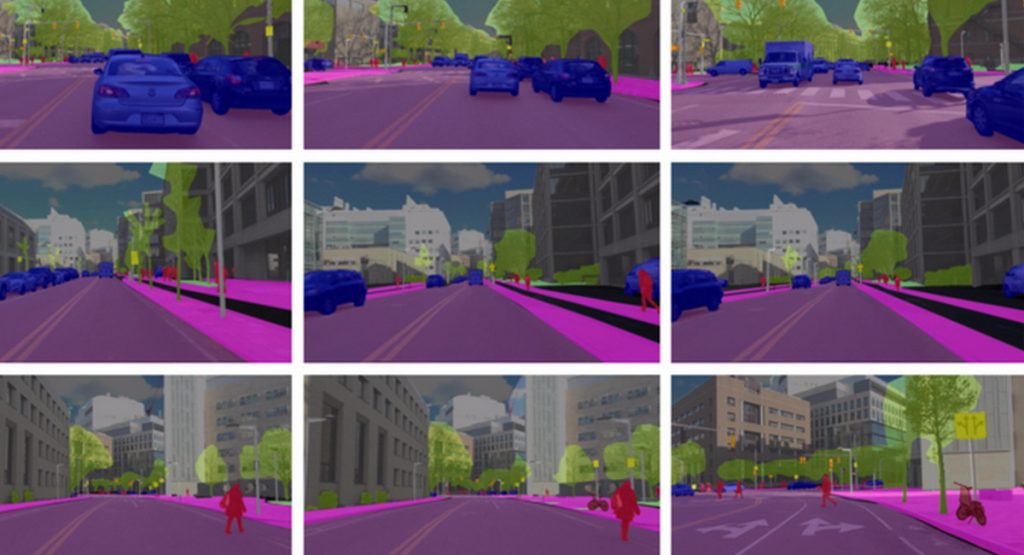Can a self-driving vehicle ever really be as aware of its surroundings as a human being? It would mean for computers to actually learn from past experiences and recognize patterns in order to navigate new and/or unpredictable situations.
These are the types of questions that Toyota, together with the Massachusetts Institute of Technology (MIT) are trying to answer. The two have now released a new open dataset called DriveSeg.
DriveSeg is meant to demonstrate how autonomous driving systems could perceive the driving environment as a continuous flow of visual information.
Read: Autonomous Cars Might Not Prevent As Many Crashes As Originally Believed
“In sharing this dataset, we hope to encourage researchers, the industry, and other innovators to develop new insight and direction into temporal AI modeling that enables the next generation of assisted driving and automotive safety technologies,” said principal researcher, Bryan Reimer. “Our long‐standing working relationship with Toyota CSRC has enabled our research efforts to impact future safety technologies.”
DriveSeg is available for free and can be found here. Its data consists of two parts: the Manual version is just under 3 minutes of high-res video captured during a daytime trip around Cambridge, Massachusetts, while the Semi-Auto version represents 20,100 video frames taken from MIT Advanced Vehicle Technologies (AVT) Consortium data.
“Predictive power is an important part of human intelligence,” stated Toyota Collaborative Safety Research Center senior engineer Rini Sherony. “Whenever we drive, we are always tracking the movements of the environment around us to identify potential risks and make safer decisions. By sharing this dataset, we hope to accelerate research into autonomous driving systems and advanced safety features that are more attuned to the complexity of the environment around them.”
This flow of data is said to closely resemble dynamic, real-world driving situations, allowing researchers to explore patterns as they would play out organically over time. This in turn could lead to advanced machine learning capabilities and behavioral predictions.



